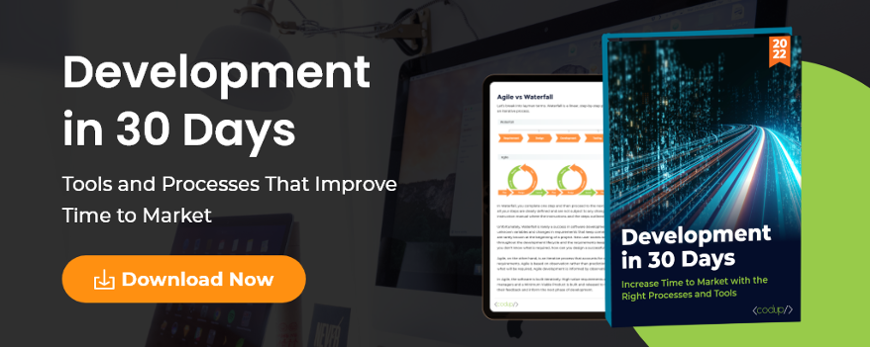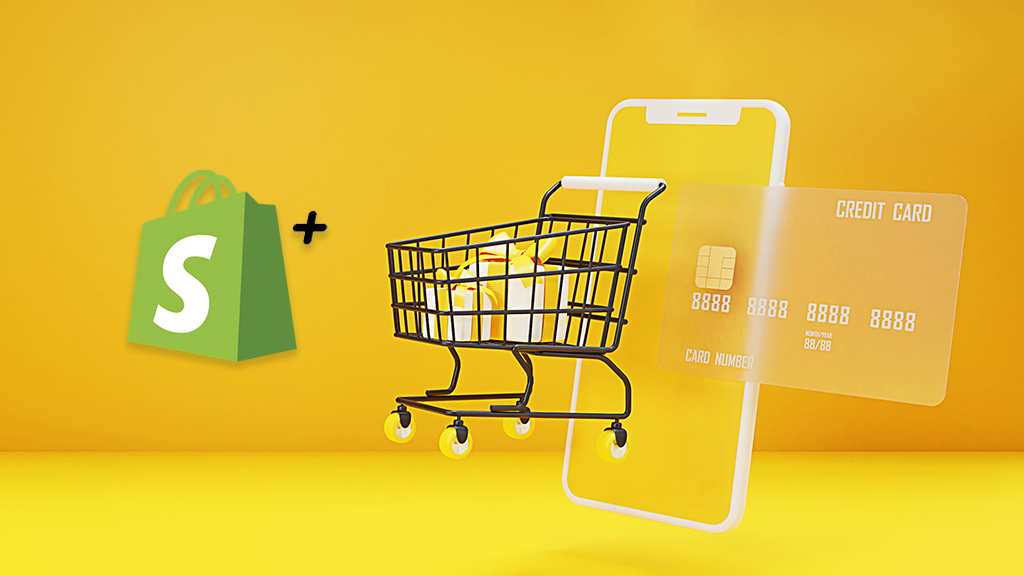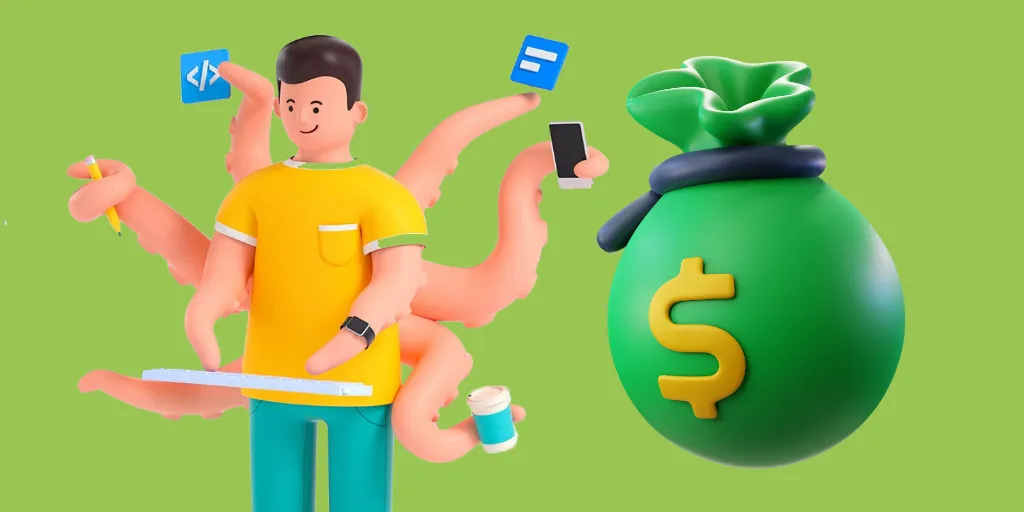The 7-Step Process to Digital Product Development

There are good products and there are bad products.
Sounds cliché, but that’s how the world works. We can continue to rant on social media about the bad ones, but in the process, we tend to forget the good ones.
While product failures give us much to learn, product successes give us an idea of the things we need to do to develop a product that stands out.
You might have an idea for a product. It might be the best product idea out there. But you can’t go far if just start implementing it out of the blue.
You need to focus on solidifying the idea, ironing out the unnecessary, and developing a product that not only matches your vision but also solves a problem for the end-user.
Sure, you might just hop up on a trend and sell more than you ever dreamt of. But what about the long term? What you need to look at is developing a sustainable product that doesn’t just hop on the bandwagon, but is robust and sustainable.
These are vague terms, so we’ll simplify them: you should develop a product that stays with the user for a long time and isn’t discarded after a trend dies down.
Even if it’s a trendy product, it should build upon the trend and be creative enough to outlast it.
Here are seven product development tips that can help you tailor your idea and make it an economically viable product.

Idea Generation
Let’s start from the bottom. You can skip ahead to the next section if you already have an idea. That said, we’d recommend you read this.
Analysis:
If you’re looking to generate an idea, follow the Picasso method: steal.
Don’t plagiarize of course, plagiarism is bad. Instead, take whatever exists and build on top of that, or make something better than that – that’s the true Picasso method. Look around you for product ideas that are good (or better yet, look at the bad ones too) and analyze them.
Ask yourself questions and research. Once you’ve done solid research on the matter, you can go ahead with the next phase of the ideation process.
Mind Mapping:
Taking a cue from the steps above, create a mind map of your product. List down everything about the existing product, what it misses, and how it can be improved.
This is the brainstorming process where you jumble up all your ideas and thoughts in a single place. The end goal is to piece together a coherent product idea that’s beneficial to the end-user and is sustainable.
Surveys:
If you have access to several users, you can create a quantitative study by sending out surveys and questionnaires.
In statistical terms, you can gain an idea of what your demographic wants from the sample of survey data collected. Through this, you can get an understanding of what the user wants.
Idea Screening
Once you have a general outline of your data, it’s time you prioritize. You see, in the mind map, you might find some features and sub-ideas that are not related to the main product.
Weigh those ideas and whether or not they are necessary for the current design of the product.
Now, if they are necessary, you can add them to the product development lifecycle for a later iteration. For now, you should focus on getting your product developed as quickly as possible.
If the product feature doesn’t inherently fulfill a user-facing function, then it’s better to remove it from the product. If not, then you’ll be incurring extra costs for the developers in building that feature.
When developing a product, you should never compromise on economic viability.
How can you evaluate? You can create a priority table based on the feasibility, your organizational budget, the value and message it provides your users, as well as your customers.
Three other alternatives besides the priority table are:
- The visual matrix that prioritizes product features and sub-ideas by a numeric value.
- Deep financial evaluation focusing on gathering about the economic viability of the product.
- Swot analysis highlighting the strengths, weaknesses, opportunities, and threats of the product.
Whether it be a digital product or not, this level of in-depth research will help you weed out the unnecessary from your product and help you ideate a nearly perfect solution.
Concept Testing
Now we move on to the smaller sections of the article. Concept testing is like the survey questionnaire phase in the section above.
The only difference here is that you’re testing the price of the product rather than demographic alignment. Of course, you can tailor the concept for the user expectation metric as well. But seeing as how we have already done that: we will perform the test on price.
Check whether or not the price of the product is economically viable for the user. After the financial evaluation phase that you did before, this concept testing will help you see the difference between the prices of the audience and the pricing results from your financial analysis.
If it’s indeed aligned, that means your product is ready for the market. If not, then your product idea needs to be tweaked to reach the user price.
This can be circumvented, however, if you have a strong product message, then you can go ahead and charge your price.
Product Development

Once you’re all set on the idea, it’s time you start to implement it and turn it into reality.
Here you need to plan ahead of time and gather data on what will be your expected sales for the first quarter of the release, the potential lifespan of the first release of the product, and how to technically execute the product.
The last part is very important since it will involve a harmonious collaboration between product designers, developers (front and backend), quality assurance, marketing, sales, among other teams.
Whatever product development methodology you use, you need to create a process where all the stakeholders are responsible for the implementation and deliverance of the product.
If you’re not an in-house development team, you can reach out to product developers at Codup who will guide you through every step of the process.
Post Development, Testing, and Execution
While we simply touched on the topic of quality assurance teams, they have a huge role to play in ensuring the final deliverable is quality assured and bug-proof.
QA testing teams need to have a sharp eye for detecting mistakes and bugs and fix them to ensure that the final product is delivered error-free.
There are ideally two ways you can go about testing:
The first, the basic one is alpha testing in which the QA teams and other stakeholders with the project test the product. The second phase is beta testing in which a select group of users tests the product.
If the beta testing phase went through without a hitch, you can go ahead and release the product to the masses.
Marketing
We can’t stress the importance of marketing enough. Regardless of what kind of product it is, you need to market your product for people to see the product.
Nowadays, there is no shortage of marketing channels available. Each of these has its benefits and disadvantages. From influencer marketing to organic, paid, social, and more – you can use a combination of all of these channels to get eyes to your product.
Now, product promotion isn’t everything: you also need to give out a message for your product.
The message is what matters the most. What value are your marketing materials showing off to the users? How does it make their lives better? What value should they associate with it? These are all necessary questions that you need to answer.
A good example is emirates whose high-quality flights (which they deliver on) gives users a feeling of “traveling in style”. While the airline industry is a service, the marketing message matters in this case. A similar case can be used for apple and other brands.
In short: market your products, but don’t forget the message.
Regular Improvement

When you’ve released the product, you can’t just sit back and relax. Your product is out on the market and having it just stay there without improving on it is a recipe for disaster. Ideally, you should:
Listen to your users: what improvements need to be made? Ask your users the things they want most from your store and then if it’s feasible, roll it out in the next iteration.
Follow trends and the market: constantly scour the market for more growth opportunities. See what the competitors are doing and build your product with the features. Again, the more you involve yourself in the market, the better your product will eventually become.
Get reviews: the more reviews you have on your website, the more visibility you will have on the market. With better reviews, you will attract new users to your website.
Conclusion:
When people think of product development, they think of it in cinematic terms. A guy gets an idea, builds the product, faces some problems, and eventually gets the product made according to his vision.
First and foremost, you should always remember that product development is more of a marathon than a sprint. Only those who have the proper long-term stamina can win the game. Those making 100m dashes can win for the short term, but long-term successes aren’t guaranteed.
We hope you enjoyed reading this article.
Got a product idea? Contact Codup to discuss and get it developed by our dev teams.
Thanks for reading!




nice blog found it very informative